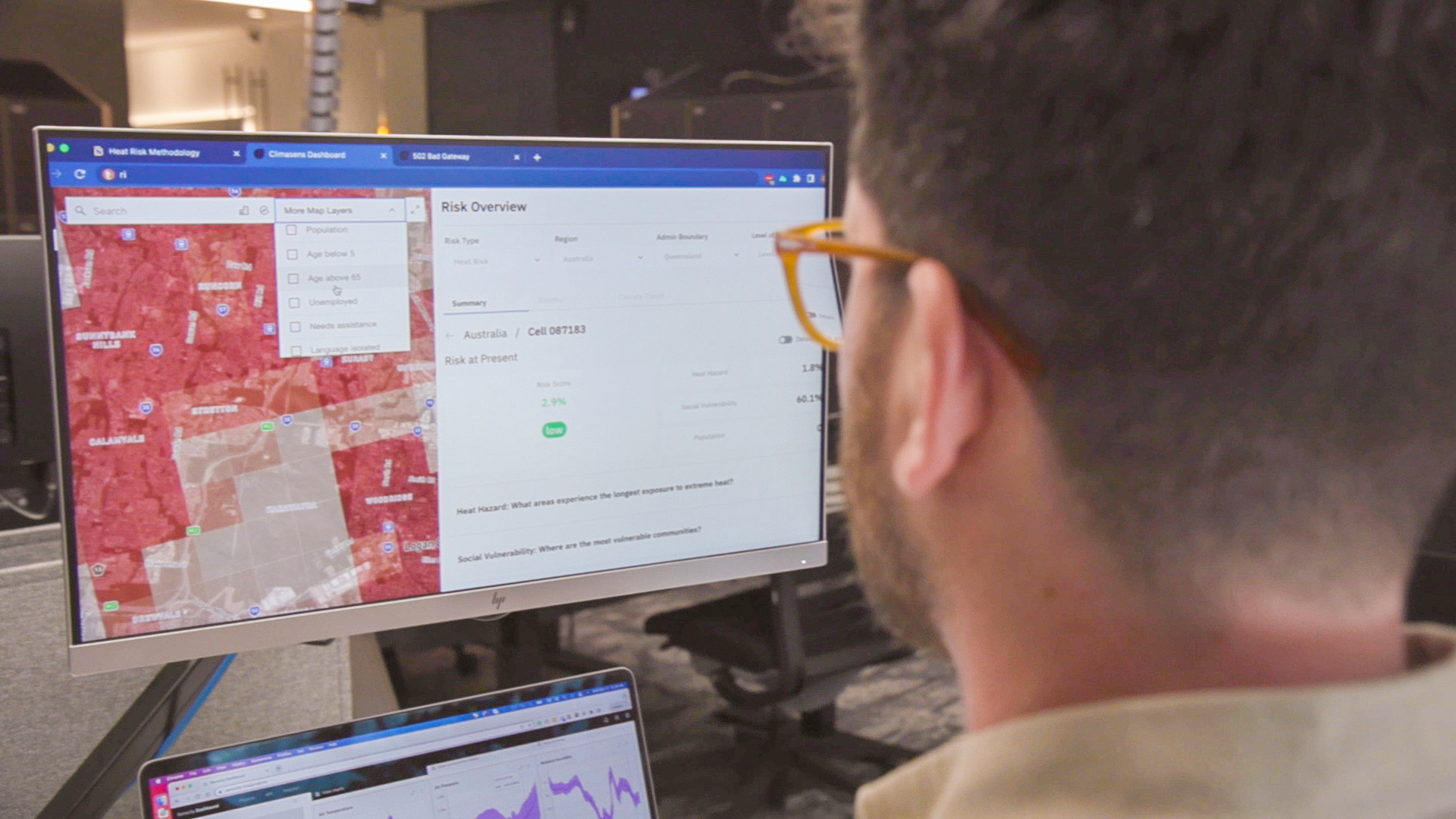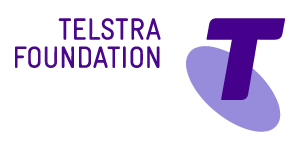
Climasens: Using technology to understand and respond to climate change
Climasens: Using technology to understand and respond to climate change
Start-up: Climasens
Proram: Humanitech Lab
Collaborator: Telecross REDi program - Australian Red Cross
-
Challenge: Climate change is increasing the frequency and severity of heatwaves. For organisations supporting communities impacted by extreme heat, such as Australian Red Cross, there is limited access to data to determine the locations exposed to heat risks and the specific groups of people who may be most at risk there.
-
Technology: Climasens offers a location-based climate intelligence platform that supports organisations to identify climate risks and impacts on people and infrastructure, improving the effectiveness of services and programs that promote climate resilience.
-
The pilot: Climasens and Red Cross piloted a project to co-develop a mapping tool to identify exactly where particular cohorts may be most at-risk during heatwaves in South Australia, overlaying climate data with population health and social information.
-
The impact: The mapping tool has assisted Red Cross teams to identify cohorts most at risk during heatwaves and plan community outreach activities to reach those individuals and offer support. This increases the precision and effectiveness of the organisation’s humanitarian services.
-
Scale: Climasens’ platform is now being used by Australian councils to support disaster resilience efforts. It’s inaugural product, HeatSens, is being used to bridge the gap between emergency management and climate change preparedness to better inform efforts and investment towards climate change adaptation, especially in areas where vulnerable populations exist.
Heatwaves are becoming more frequent and intense around Australia due to climate change. Today, extreme heat kills more people in the country than bushfires, cyclones, or any other weather event.
Climasens, a climate risk analytics platform, has been collaborating with Australian Red Cross to pilot the use of climate intelligence technology within local humanitarian programs to support Australian communities to build climate resilience.
The organisations co-developed a location-based mapping tool that identifies specific geographic areas across the country that are most likely to be exposed to extreme heat, overlaying this information with social and health data to identify groups of people that may be most at-risk in these locations.
Piloting a novel approach
A pilot project was launched to assist the Telecross REDi program in South Australia, an Australian Red Cross service providing phone support to vulnerable and isolated people during heatwaves.
The partnership has enabled Telecross REDi teams to identify vulnerable cohorts throughout the state using Climasens’ technology. By being able to identify where people are geographically, Red Cross can begin targeting those areas with community outreach to identify people who would be suitable for the program.
The partnership was made possible through Humanitech, an initiative of Australian Red Cross that receives support through Telstra Foundation. Humanitech is focused on harnessing technology and social innovation to meet humanitarian need.
Adelide Mutinda, Humanitech’s Innovation Program Manager, said: “Climasens offers a unique, scalable opportunity to increase access to better climate information. We believe this technology has broad applications to help organisations supporting communities impacted by climate change.”
Learn more about this project and how technology can help us understand and respond to climate change.
The power of climate data in humanitarian programming
Following the completion of the pilot, Climasens will continue to collaborate with Red Cross through Humanitech to scale this solution and continue to develop their heat risk service. This will support Red Cross and other organisations and municipalities across Australia to monitor heat waves and their impact on at-risk populations in real-time, better supporting climate resilience planning and investment decisions.
Joseph Glesta, co-founder and CEO of Climasens, said: “What we're trying to do is give organisations that make decisions that help communities the information they need to understand what climate risks are apparent and the impacts that may play a part in mortalities, specifically in underserved and vulnerable populations.
“We are focusing on heat risk as our starting point, as we believe this is an overlooked and under-serviced area within climate risk software. We hope to change that by supporting organisations with the data they need to make the right decisions now and into the future.”
Climasens’ platform is now being used by Australian councils to support disaster resilience efforts. It’s inaugural product, HeatSens, is being used to bridge the gap between emergency management and climate change preparedness to better inform efforts and investment towards climate change adaptation, especially in areas where vulnerable populations exist.


